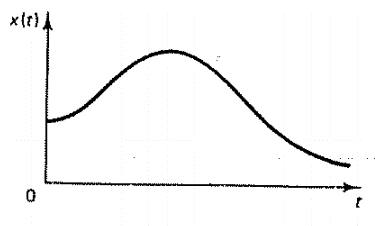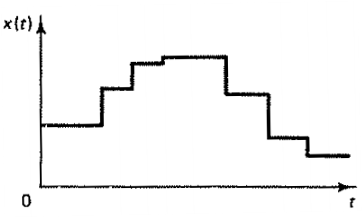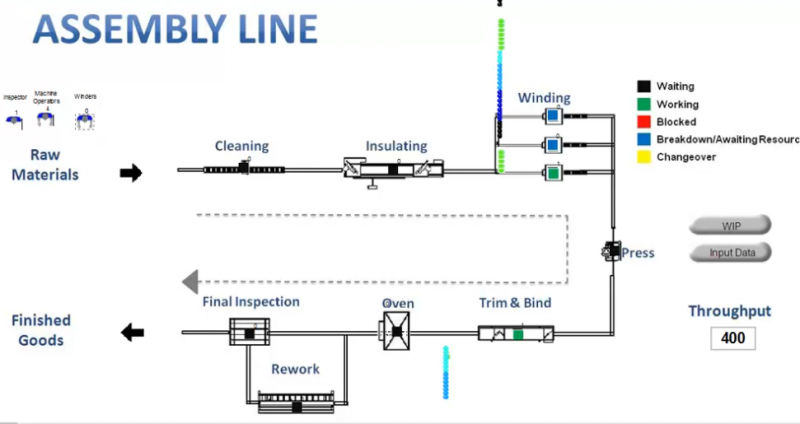Introduction
Introduction
The term "digital control" appears when the controller function is implemented by a digital processing unit. In digital control, all continuous data need to be converted into digital signals.
- cheaper
- reliable
- easily reprogrammed.
- ...
Types of signals
- Signal defined over a continuous range of time.
- Its amplitude may take any value in a given range (analog signal):

or may take only a finite number of values (continuous-time quantized signal):

- Signal defined only at discrete instants of time.
- If the signal takes any value in a continuous range: sampled-data signal.
- If the signal can only takes values from a finite set: digital signal (normally represented in binary form).
Digital vs Discrete-event control systems
The terms discrete-time control systems, sampled-data control systems or digital control systems normally refers to similar types of control systems (although strictly speaking there are differences among them). A digital control system generally involves both continuous (from the process under control, sensors, etc.) and discrete-time signals (controller, communication devices, etc). In general, a fixed-sample time is considered in digital control.

Obra publicada con Licencia Creative Commons Reconocimiento No comercial Compartir igual 3.0